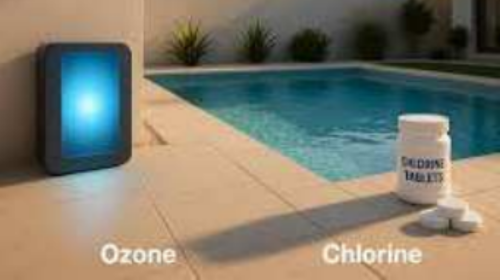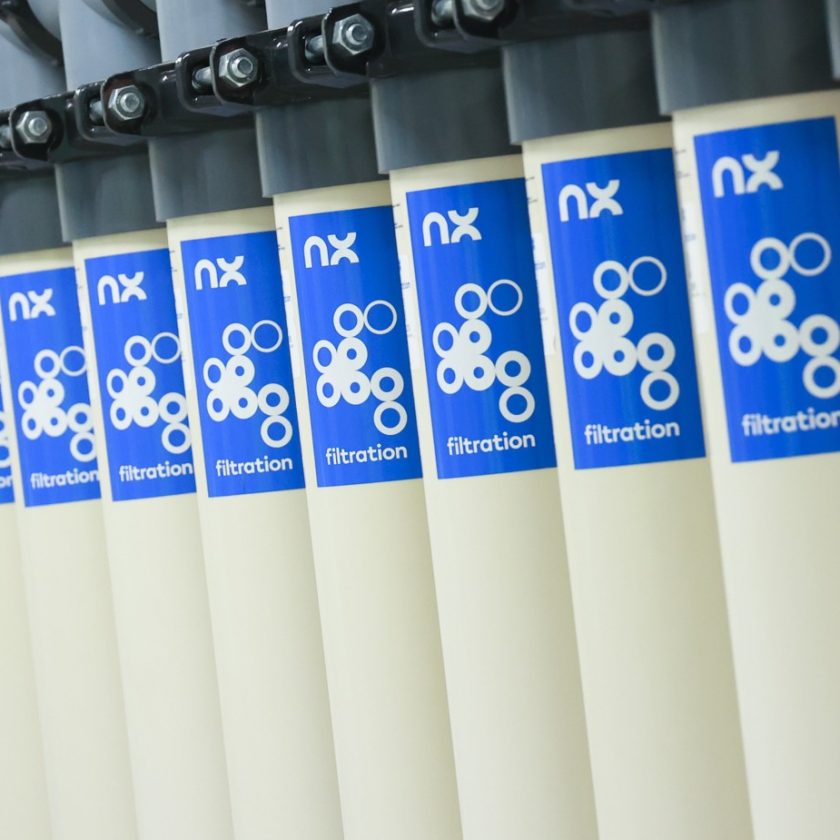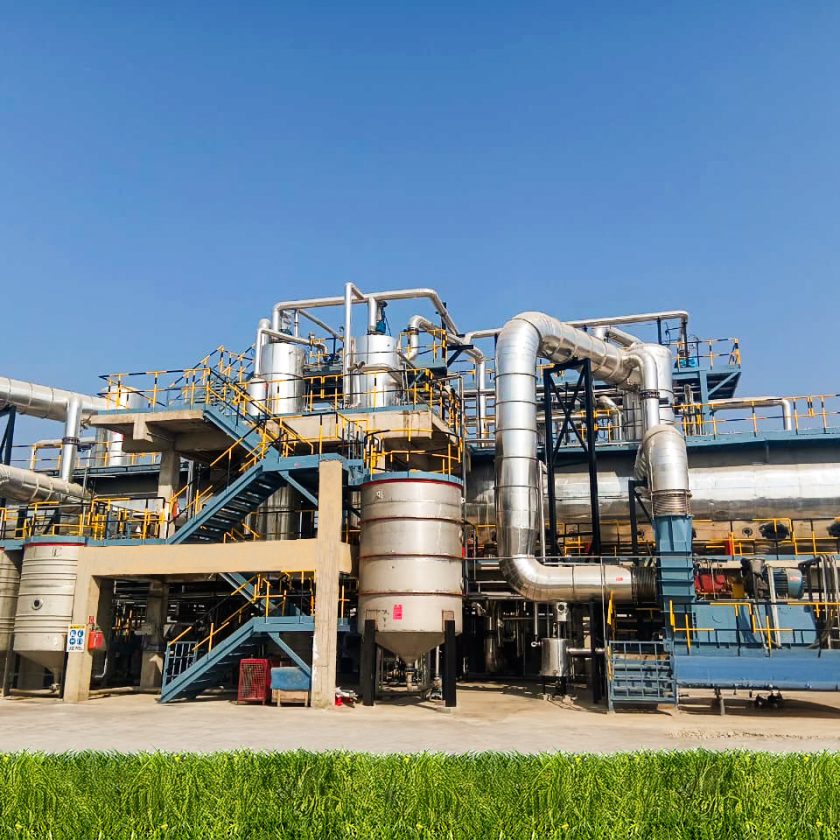It is a fact that the standards of water quality for swimming pools have changed. Ozone is being preferred by many countries as a primary disinfectant agent . The role of chlorine is being limited to performing the role of residual disinfectant.
What does ozone do and Chlorine does not
To understand this we need to go in detail on each of this attributes . This is a one page summary for those decision makers who do not have of much of time to study each attribute but want reliable information and short summary on the use of ozone in swimming pool > Here it is
1) Chlorine is toxic, ozone is not; ozone is eco friendly does not form harmful by products.
2) Ozone deactivates Virus, chlorine does not. Children are susceptible to virus contamination of water.
3) Ozone kills all forms of legionella very often found in swimming pools and nothing discussed. chlorine is inactive against legionella. Legionella causes a typical pneumonia in weak persons.
4) Ozone kills all forms of pseudomonas. Pseudomonas is very common in pools and not tested. Causes skin rashes, chronic ear problems. Chlorine in in eective against pseudomonas. 5) Ozone is addition is a very good flocculating agent. water is very sparkling. reduces chlorine shock dosing and also back was Pool down time reduced.
Ozone thus have much more health points in swimming pool that chlorine. ozone with residual chlorine is the best pool treatment regime one can recommend. the approximate savings in chemicals will vary between 70-80% dependant on the water quality, bather load etc. Enclosed an excel sheet of cost comparison for a small pool.
How to use ozone – chlorine combination
You use this Ozone chlorine combination to ensure that your pool is safe at all times. You want to rid the pool of all contaminants that can be present, but ensure that during this process you do not add on to any toxicity to the pool water.
You design the system in such a way that you use chlorine judiciously, using all its well known properties as well as ensure you avoid formation of chlorine by products and resultant side eects to the swimmer . Chlorine must be made safe when you intend to use it. The use of ozone provides this advantage to the user. Ozone does the work of all oxidation and disinfectant actions required in the pool water , that chlorine is either slow , or require large doses for the same action of ozone. Than by adding small doses of chlorine to the pool you ensure that your pool water has all residual disinfectant properties.
How much Chlorine is required as Residual?
The international standards of residual chlorine (must unless you are using ozone & bromine technology) is 0.5 ppm chlorine residual. The amounts of chlorine you need to add will entirely depend on factors such as water quality, pH of the water, bather load, recirculation time, but savings can be anywhere from 60- 90% of chlorine addition. Remember: using ozone does not mean that all other cleaning activities of the pool can be forgotten. You still have to scrub, suction sweep, back wash, shock chlorinate, though a good system provide can ensure that the activities such as flocculation, back wash and scrubbing can be drastically reduced.





